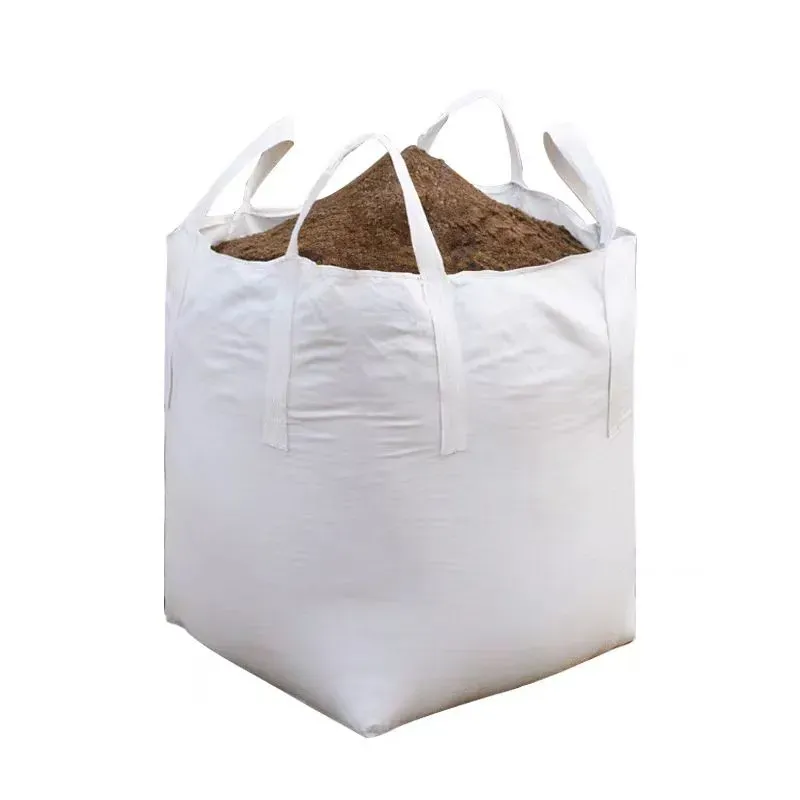-
 Afrikaans
Afrikaans -
 Albanian
Albanian -
 Amharic
Amharic -
 Arabic
Arabic -
 Armenian
Armenian -
 Azerbaijani
Azerbaijani -
 Basque
Basque -
 Belarusian
Belarusian -
 Bengali
Bengali -
 Bosnian
Bosnian -
 Bulgarian
Bulgarian -
 Catalan
Catalan -
 Cebuano
Cebuano -
 China
China -
 Corsican
Corsican -
 Croatian
Croatian -
 Czech
Czech -
 Danish
Danish -
 Dutch
Dutch -
 English
English -
 Esperanto
Esperanto -
 Estonian
Estonian -
 Finnish
Finnish -
 French
French -
 Frisian
Frisian -
 Galician
Galician -
 Georgian
Georgian -
 German
German -
 Greek
Greek -
 Gujarati
Gujarati -
 Haitian Creole
Haitian Creole -
 hausa
hausa -
 hawaiian
hawaiian -
 Hebrew
Hebrew -
 Hindi
Hindi -
 Miao
Miao -
 Hungarian
Hungarian -
 Icelandic
Icelandic -
 igbo
igbo -
 Indonesian
Indonesian -
 irish
irish -
 Italian
Italian -
 Japanese
Japanese -
 Javanese
Javanese -
 Kannada
Kannada -
 kazakh
kazakh -
 Khmer
Khmer -
 Rwandese
Rwandese -
 Korean
Korean -
 Kurdish
Kurdish -
 Kyrgyz
Kyrgyz -
 Lao
Lao -
 Latin
Latin -
 Latvian
Latvian -
 Lithuanian
Lithuanian -
 Luxembourgish
Luxembourgish -
 Macedonian
Macedonian -
 Malgashi
Malgashi -
 Malay
Malay -
 Malayalam
Malayalam -
 Maltese
Maltese -
 Maori
Maori -
 Marathi
Marathi -
 Mongolian
Mongolian -
 Myanmar
Myanmar -
 Nepali
Nepali -
 Norwegian
Norwegian -
 Norwegian
Norwegian -
 Occitan
Occitan -
 Pashto
Pashto -
 Persian
Persian -
 Polish
Polish -
 Portuguese
Portuguese -
 Punjabi
Punjabi -
 Romanian
Romanian -
 Russian
Russian -
 Samoan
Samoan -
 Scottish Gaelic
Scottish Gaelic -
 Serbian
Serbian -
 Sesotho
Sesotho -
 Shona
Shona -
 Sindhi
Sindhi -
 Sinhala
Sinhala -
 Slovak
Slovak -
 Slovenian
Slovenian -
 Somali
Somali -
 Spanish
Spanish -
 Sundanese
Sundanese -
 Swahili
Swahili -
 Swedish
Swedish -
 Tagalog
Tagalog -
 Tajik
Tajik -
 Tamil
Tamil -
 Tatar
Tatar -
 Telugu
Telugu -
 Thai
Thai -
 Turkish
Turkish -
 Turkmen
Turkmen -
 Ukrainian
Ukrainian -
 Urdu
Urdu -
 Uighur
Uighur -
 Uzbek
Uzbek -
 Vietnamese
Vietnamese -
 Welsh
Welsh -
 Bantu
Bantu -
 Yiddish
Yiddish -
 Yoruba
Yoruba -
 Zulu
Zulu
Versatile Solutions with Big Bag Containers
Efficient and reliable storage and transportation solutions are essential across industries. Big bag containers, airbag containers, and containerbags are increasingly popular for their adaptability and durability. These containers offer excellent solutions for managing bulk materials, ensuring safe handling, and optimizing space for various applications.

What Are Big Bag Containers?
Big bag containers are large, flexible sacks designed to store and transport bulk materials. Often made of woven polypropylene, they are robust enough to handle heavy loads like sand, grains, chemicals, or construction materials. These containers are also reusable, eco-friendly, and cost-effective.
Uses of Big Bag Containers
Agriculture and Farming
- Storage of seeds, grains, and animal feed.
- Transportation of fertilizers and soil additives.
Construction Industry
- Handling sand, cement, and gravel.
- Storing waste and debris on-site.
Chemical Industry
- Packaging powdered or granular chemicals.
- Safe transportation of hazardous materials.
Food and Beverage
- Bulk storage of sugar, flour, and other dry food items.
- Hygienic options available for food-grade applications.
Airbag Containers: A Specialized Solution
Airbag containers provide an additional layer of protection during shipping. By inflating airbags inside the container, these solutions stabilize loads and minimize movement during transport.
Applications:
- Securing delicate or irregularly shaped items.
- Preventing damage to goods in transit.
- Commonly used in logistics, electronics, and fragile goods industries.
Advantages of Using Containerbags
Space Optimization
- Designed to fit efficiently in shipping containers.
- Can collapse when empty, saving storage space.
Durability and Strength
- Built to withstand heavy loads and tough handling conditions.
- Resistant to punctures, moisture, and UV exposure.
Cost-Efficiency
- Reusable design reduces long-term costs.
- Lightweight material lowers shipping expenses.
Customizable Options
- Sizes and designs tailored to specific needs.
- Available with spouts, liners, or loops for ease of handling.
Types of Big Bag Containers
Standard Bulk Bags
- Ideal for general-purpose use in various industries.
- Often feature lifting loops for easy handling.
Food-Grade Bags
- Made from materials certified for food storage.
- Provide a hygienic solution for the food and beverage industry.
Hazardous Material Bags
- Designed to handle chemicals and other dangerous substances.
- Ensure compliance with safety standards.
Ventilated Bags
- Allow airflow to prevent moisture buildup.
- Suitable for storing items like firewood or fresh produce.
Choosing the Right Containerbag
Capacity Requirements
- Match the size of the bag to your volume needs.
Material and Durability
- Choose robust materials for heavy or abrasive contents.
Liner Options
- Use liners for moisture-sensitive materials.
Compliance Standards
- Ensure the bags meet industry-specific regulations for safety and quality.
How to Use Big Bag Containers Safely
Proper Handling
- Use forklifts or cranes with lifting loops for safe movement.
Load Evenly
- Distribute weight evenly to avoid tipping or instability.
Store Appropriately
- Keep bags in a dry, cool environment to maintain material integrity.
Inspect Regularly
- Check for tears or damage before reuse.
Whether you need reliable bulk storage, secure shipping, or adaptable packaging, big bag containers, airbag containers, and containerbags provide versatile and practical solutions. With numerous types and customizable options available, these containers can meet the unique needs of various industries, enhancing efficiency and reducing costs.
-
Anti Hail Net | UV-Stable, High-Strength Orchard ShieldNewsNov.17,2025
-
Anti Bird Netting – UV-Stable, Durable, Humane ProtectionNewsNov.17,2025
-
Welded Wire - Durable, Rust-Resistant Mesh, Custom SizesNewsNov.17,2025
-
Garden Mesh Sun Shade – UV-Resistant, Durable, Custom SizesNewsNov.17,2025
-
Bird in Net Solution: Humane, UV-Resistant Bird NettingNewsNov.17,2025
-
Stainless Steel Filters: Durable, Washable, High-FlowNewsNov.10,2025











